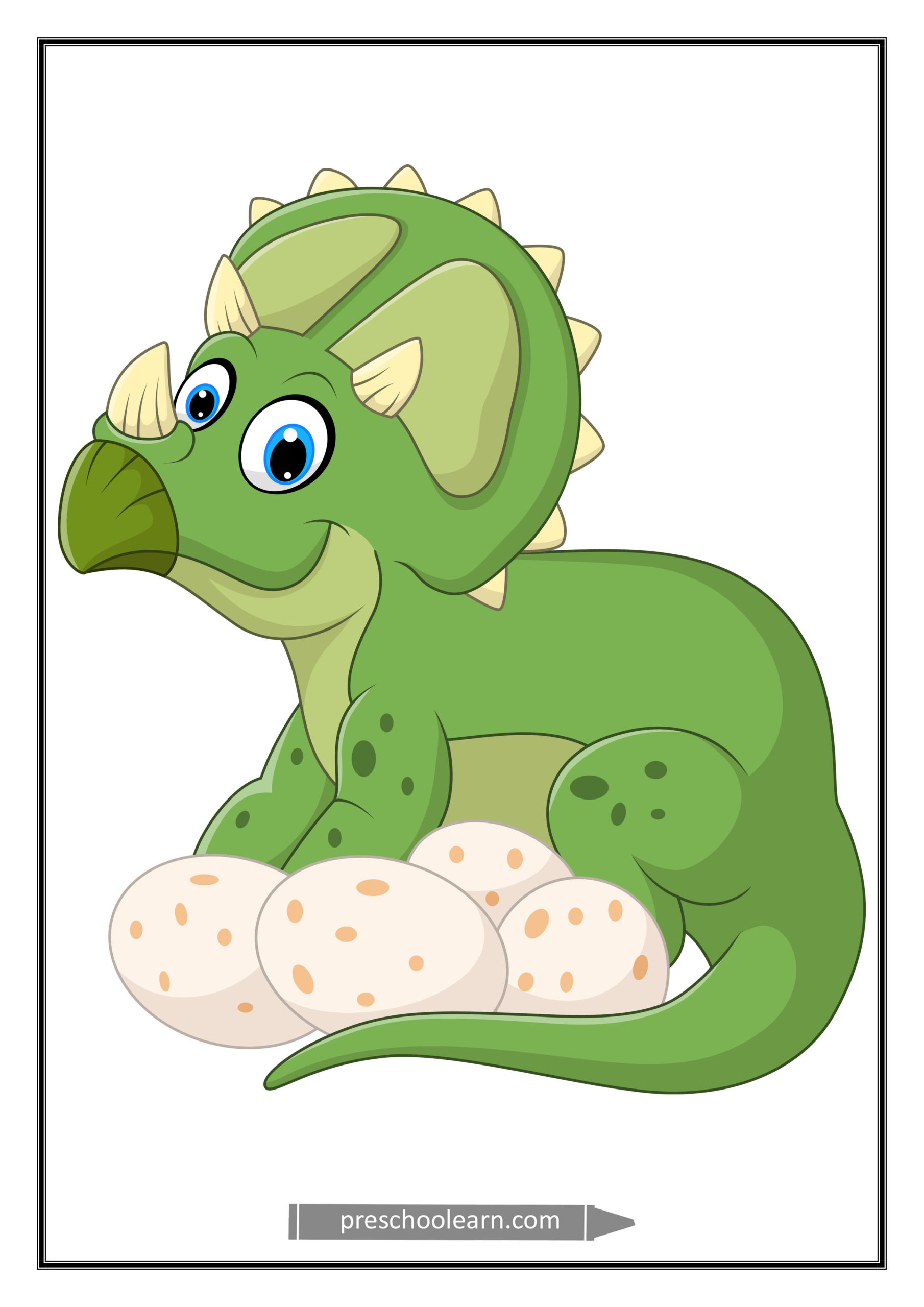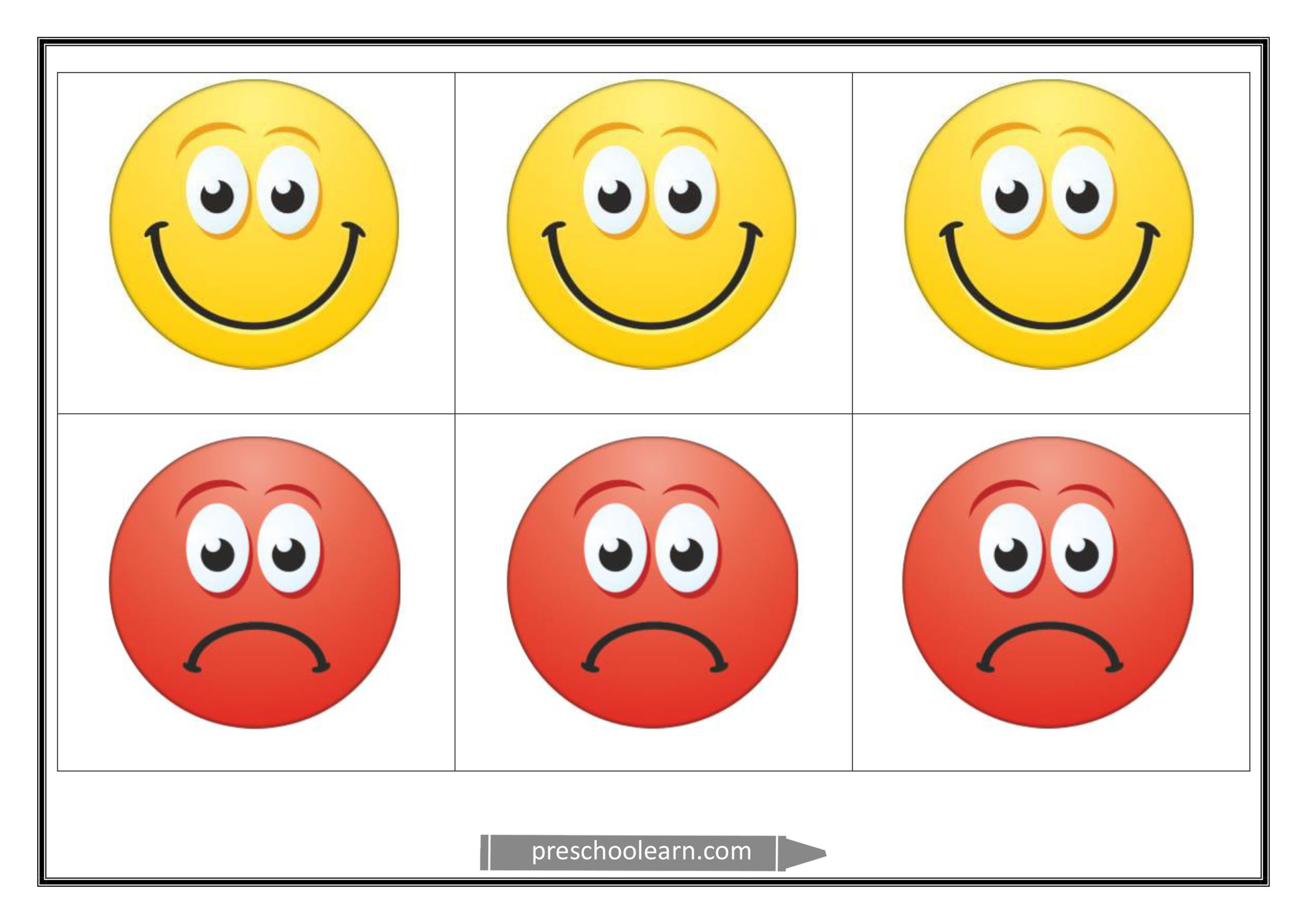Kindergarteners will experiment with frozen dinosaur eggs, compose a picture story entitled ‘From egg to dinosaur’ and make a worksheet entitled ‘Which skeleton fits?’. They will check their knowledge about the prehistory during the ‘True or false?’ activity and develop physical fitness through the dinosaur set of gymnastic exercises.
Materials:
frozen water in balloons with figurines of dinosaurs, sack/box, bowl – preferably transparent, glass with hot water, a picture story entitled ‘From egg to dinosaur’, boxes from surprise eggs/polystyrene eggs/ping-pong balls, bollards, trays, scarfs/ bandanas, worksheets entitled ‘Which skeleton fits?’, crayons/pencils, footprints of dinosaurs printed on colorful sheets (from Monday class), lollipops with happy and sad emoji (sticks with sticked laminated emoji), triangle, drum, sashes in two colors, hula-hoops, a song entitled ’10 little dinosaurs’, sounds of dinosaurs.
Activity description:
1. ‘Greeting fingers’ – greeting with children – children stand on the carpet in disarray. Teacher shows them his/her palm and names each finger. Next, teacher tells that we will greet with our thumbs/rings/index/middle and little finger. Children walk in the kindergarten room and greet each other with selected fingers.
2. ‘What’s inside?’ – didactic activity – children one by one come to a teacher. He/she has a sack with frozen balloons. They put their hands inside and tell about features of things in the sack (cold/wet/damp/hard), trying to guess what it is. Next, teacher takes balloons out of the sack, cut them and places colorful ‘eggs’ on a tray/in a transparent bowl. Children look at them and tell their propositions again. Next, teacher asks how can we accelerate the melting of eggs – children tell their propositions and we try to realize them, e.g. passing from hand to hand an egg that will dissolve faster with warm from our hands; laying the egg on the heater/a window sill in the sun rays that will dissolve faster with warm from the heater or sun; blowing warm air on the egg, which will accelerate dissolving; pouring the egg over by warm water, which will dissolve it almost immediately, etc. After these experiments, children arrange figurines of dinosaurs, count and try to name them.
3. ‘Can I hatch now?’ – movement activity – children put huddled on the carpet. Everybody is a dinosaur in eggs, ready to hatch. Teacher walks between them. When he/she knocks 3 times on the back of the child, ‘dinosaur is hatching’. The child stands up, drags out and walks between other children. Teacher can knock 2/4 etc. times – ‘dinosaur isn’t hatching, they wait for the right signal’. Repeat it for the hatching by all dinosaurs.
4. ‘From egg to dinosaur’ – composing a picture story – teacher places on the carpet the picture cards from the story so that children can’t see what is on them. Next, he/she asks children to choose and describe pictures. When all pictures are exposed, teacher asks to compose them in the correct order.
5. ‘Walk in the dark forest’ – movement activity – teacher places on the carpet the bollards in two/three rows (according to the number of children) at enough distance for children to slalom. Before the first and behind the last bollard, teacher places a tray with ‘eggs’ – boxes from surprise eggs/polystyrene eggs/ping-pong balls. Children form pairs and stand in rows before the first bollards. Each pair gets a scarf/bandana to cover their eyes. The child with covered eyes stands in front of the bollards. The second child stands behind him/her and puts his/her hands on his/her arms. The second child gives the egg to the first child and controls his or her movements by the right move and pushing by hands on the shoulders. They have to go through the slalom and deliver the egg to the tray on the other side. After that, they change their roles. Continue it until all children take part in this activity.
6. ‘Which skeleton fits?’ – worksheet – teacher explains how to do the task (match with a line dinosaur with their skeleton). Next, teacher asks children to go to the tables and gives away the worksheets. During the task, teacher walks between tables, helps children, if they need it and checks the worksheets. Finally, children sit on the carpet in the circle and name the dinosaurs.
7. ‘In the footsteps of dinosaurs’ – movement activity – teacher places on the carpet footsteps of dinosaurs (from Monday class). Children can move only on them. During the activity, change the rules, e.g. they can move only on blue/pink/green footsteps. Repeat it for 1-1.5 minutes.
8. ‘True or false?’ – didactic activity – children with their teacher sit in a circle. Each child has two lollipops with happy and sad emojis in front of him/her. Teacher reads the statements one by one. If children think that it is right, they have to put the happy emoji up. If they think it is false – they put the sad emoji up. If not all children put the right lollipops up, ask about the reason of it. When the statement is false, ask for the right answer.
The examples of sentences for the activity:
- We can watch live dinosaurs in the ZOO (false – they became extinct 65 million years ago).
- Stegosaurus had a brain the size of an apple (true).
- Tyrannosaurus was a small, fast dinosaur (false – it grew up to 12 meters in length and 6 meters in high. It weighed 6 tons).
- Pterosaurs are prehistoric flying reptiles (true).
- The scientist who studies dinosaurs is a dinosaurologist (false – he is a paleontologist).
- Mononykus was like a bird, but it couldn’t fly (true).
- Ichthyosaurus is a prehistoric sea reptile (true).
- The science about the history of Earth is paleontology (true).
- Triceratops ate other smaller dinosaurs (false – it was herbivorous).
- Pterodactyl was the first discovered sea reptile (false – it was a flying reptile).
- The name ‘Brontosaurus’ means ‘thunderous lizard’ (true).
- Diplodocus was one of the largest land animals (true).
- Velociraptor was a fast herbivorous dinosaur (false – it was fast, but carnivorous).
- The parasaurolophus had a crest on the head (true).
- Dinosaurs were hatching from eggs (true).
- Fossils are the remains of organisms in rocks (true).
- Mosasaurus was a sea reptile (true).
9. ‘Gymnastic of dinosaurs’ – set of gymnastic exercises – children exercise according to the instruction given by a teacher:
- ‘Wake up, Dino’ – children – ‘dinosaurs’ lay on the carpet with close eyes and ‘sleep’. For the sound of a triangle, they wake up and start to march/run in different directions on the carpet. Continue it for 1-1.5 minutes.
- ‘Dinosaurs look around’ – children – ‘dinosaurs’ run in the kindergarten room. When they hear a strong hit on the drum, they stop and shake their heads right and left. Repeat it 5 times.
- ‘Dinosaurs look for food’ – children – ‘dinosaurs’ move in the kindergarten room and look around. When teacher says: ‘High!’, they have to stand on toes with their hands up; ‘Low!‘ – they have to squat, imitating grass scraping by hands. Repeat each slogan 5 times.
- ‘Dinosaurs blur their tacks’ – when teacher says: ‘Right leg!’, children – ‘dinosaurs’ have to stand on the right leg and tap the toes of the left foot on the floor. When she says: ‘Left leg!’, they have to stand on the left leg and tap the toes of the right foot on the floor. Repeat each slogan 5 times.
- ‘Dinosaurs walk across the tunnel’ – teacher gives away children’s sashes in two colors. Children with sashes in one of them form pairs, kneel in front of them and hold their hands to create ‘a tunnel’. Children with sashes in the second color form train in front of the ‘tunnel’ and go on all fours under the hands of colleagues. Next, they change their roles. Repeat it 4 times.
- ‘Pass the egg’ – children sit on the carpet in the circle one by one in two rows according to the colors of the sashes. The first child from the row gets the ‘egg’ – box with surprise egg/ polystyrene eggs/ping-pong balls and passes it to the child behind him/her by raising his hands up and back. When the last child gets the egg, he or she runs to the beginning of the row. Continue it until return of the first child to the start.
- ‘Fighting dinosaurs’ – children form pairs by the different colors of sashes. Teacher gives away hula hoops – one in a pair. Children squat inside them and push out, holding their hands. The child who first touches the hula-hoop by his or her body part, loses. Repeat it 5 times and change children in pairs every time.
- ‘Throw on a tree’ – children move in the kindergarten room to a song entitled ’10 little dinosaurs’. For a break in the music, they form two ‘trains’ according to the color of sashes, in front of bollards – ‘trees’. They take off their sashes and try to throw them over the bollard. If they can’t, they come up and put the sash on the bollard.
- ‘Dinosaurs are marching’ children – ‘dinosaurs’ – march in the kindergarten room to the sound of dinosaurs.
10. ’10 little dinosaurs’ – singing to the song – children with their teacher sing the song and make the correct gestures (a movie with them is here).
Attachments:
Picture cards for the ‘From egg to dinosaur’ activity
Worksheet entitled ‘Which skeleton fits?’
Emojis to create lollipops for the ‘True or false?’ activity
Pages used:
- https://supersimple.com/free-printables/ten-little-dinosaurs-worksheet-connect/ – instructions on how we can make a frozen dinosaur egg
- https://www.youtube.com/watch?time_continue=2&v=MX-DvqFjVDE&feature=emb_logo – sounds of dinosaurs for the ‘March of dinosaurs’ activity
- https://supersimple.com/song/ten-little-dinosaurs/ – a song entitled ‘10 little dinosaurs’
- https://supersimple.com/how-to-teach-super-simple-songs/how-to-teach-ten-little-dinosaurs/ – gesture show for a song entitled ‘10 little dinosaurs’



